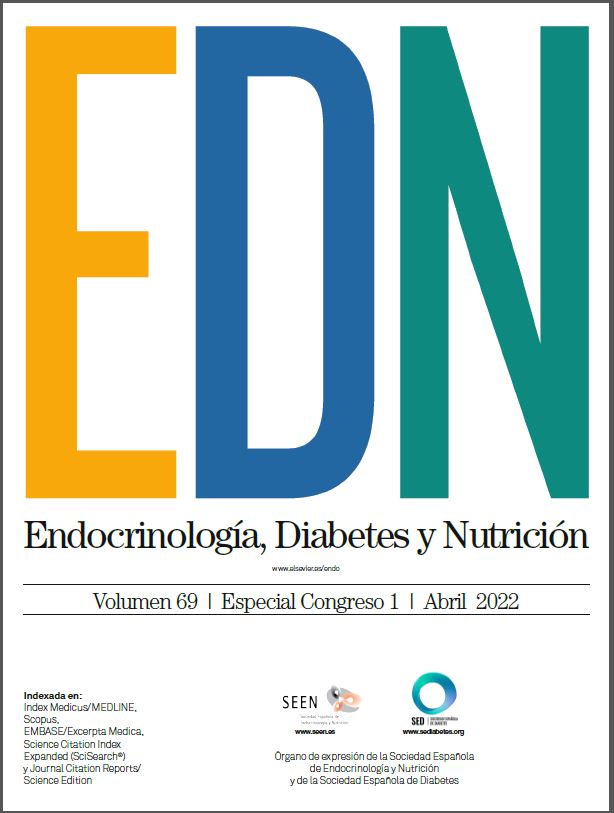P-080 - Distribution of LPS and its 3-hydroxy fatty acids among lipoprotein fractions of healthy subjects
aUnitat de Receerca en Lípids i Arteriosclerosi, Facultat de Medicina i Ciències de La Salut, Universitat Rovira i Virgili, Reus, Spain. bInstitut d'Investigació Sanitària Pere Virgili, Reus, Spain. cCentro de Investigación Biomédica en Red de Diabetes y Enfermedades Metabólicas Asociadas (CIBERDEM), Spain.
Introduction and objectives: Cardiovascular disease is the first cause of death among individuals with diabetes. Atherosclerosis is the underlying process characterized by an inflammatory response of the artery due to lipid accumulation. Type 2 Diabetes Mellitus (T2DM) is associated with a chronic low-grade inflammation due in part to higher levels of circulating lipopolysaccharide (LPS), a potent activator of the innate immune response originated from the gut microbiota. Humans are especially sensitive to LPS and low levels of LPS can trigger the production of high levels of proinflammatory endogenous mediators; and systemic exposure to LPS (endotoxemia) can lead to subclinical chronic inflammation. From the atherosclerosis point of view, it is important to note that circulating LPS is mostly bound to lipoproteins (between 80 and 97% of total LPS). Given its proinflammatory activity, the fact that endotoxin activity correlates with T2DM risk and the key role of lipoproteins in atherogenesis and cardiovascular disease, we hypothesize that the LPS content of the individual lipoproteins (VLDL, IDL, LDL and HDL) might be a useful biomarker of cardiovascular risk in subjects with diabetes. Therefore, the aim of this work is to study the distribution of LPS and its immunogenic portion (3-hydroxy fatty acids, 3OHFA) among each lipoprotein type. As we want to test the sensitivity of the technique to detect lipoprotein-bound LPS, we have analyzed a group of healthy men with low lipoprotein and LPS concentrations.
Material and methods: We separated lipoprotein fractions by differential ultracentrifugation of plasma samples from 25 healthy male subjects. In each lipoprotein fraction, 3OHFAs of 8 to 18 carbon chain length were quantified by mass spectrometry to calculate absolute LPS concentration. Lipoprotein particle concentration was measured by nuclear magnetic resonance using the Liposcale® test.
Results: The results show that LDL and HDL fractions transported the highest concentration of LPS (35.7% and 31.5% respectively) compared to IDL (18.9%) and VLDL (13.9%) (p < 0.05). However, the LPS per particle ratio showed that VLDL particles carried more LPS molecules in one particle (than LDL or HDL (p < 0.01). Compared to LDL and HDL, the amount of VLDL-LPS per particle was 11-fold and 55-fold, respectively. The distribution of LPS and all 3OHFAs among lipoprotein fractions showed high interindividual variability among all the study subjects, suggesting that they may be studied as a useful biomarker.
Conclusions: This may help understand the role of LPS in T2DM and its association with other metabolic conditions such as obesity and the particular relevant atherogenic role of VLDL in these conditions.







